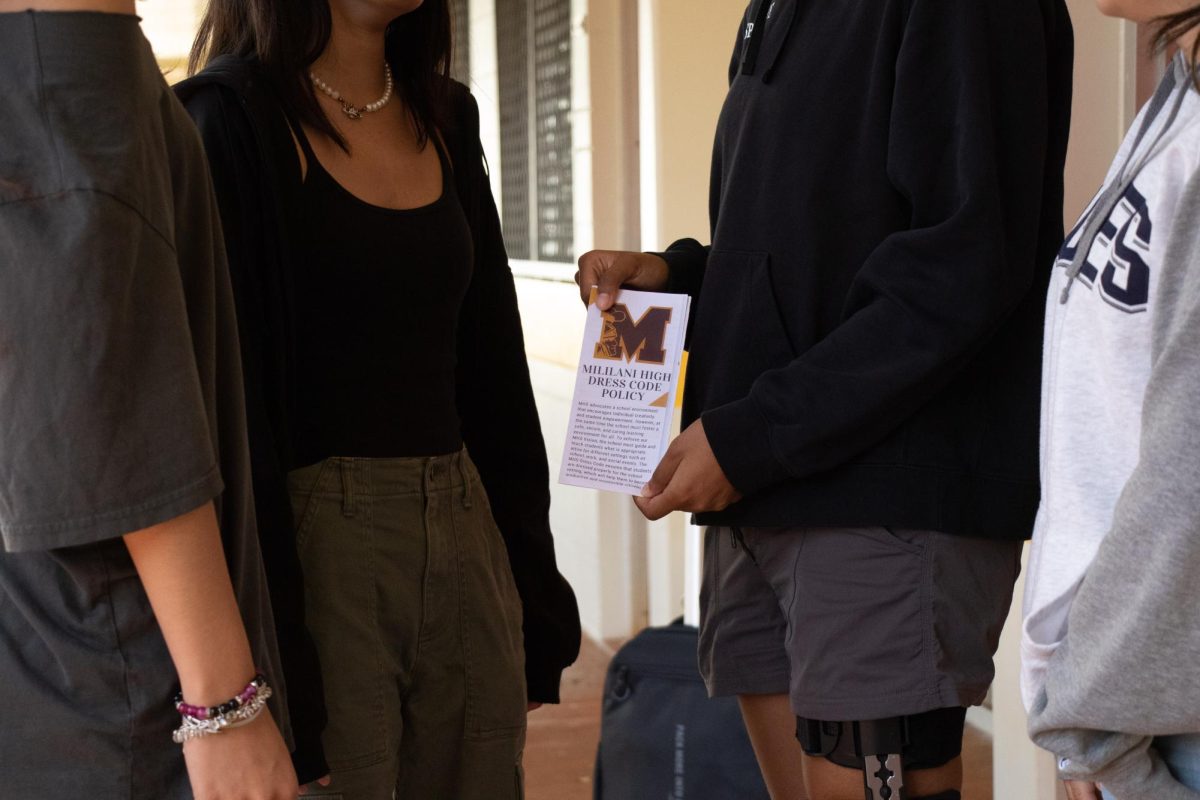Texting While Driving: What Message Is Worth Dying For
March 14, 2019
Five seconds. Five seconds is all it takes to ruin your life and someone else’s life. Five seconds and you just traveled the length of an entire football field. No one would drive down the road blindfolded, so why look away from the road to text on your cell phone for those five seconds?
It has been shown that texting and driving causes a 400 percent increase in time spent with eyes off of the road, adding to the drastic spike in the amount of vehicle related accidents and deaths that we’ve seen in the last five years. Nearly 1.25 million people die on the road each year, with 1.6 million crashes resulting from cell phone use while driving. And with 228 million cell phones and 264 million vehicles in use in America, texting and driving has become a lethal epidemic.
So why is texting and driving so popular? The possible effects of texting and driving just aren’t taken seriously enough with so many people under the mindset that, “I barely even really look at my phone,” “I have the keys memorized” or “it couldn’t happen to me.” However, the truth is that your chances of getting into an accident increase exponentially when someone drives on the road with their phone, regardless of whether or not you’re the one on your phone.
With the increase in wrecks, insurance companies have been forced to raise their rates a staggering 16 percent since 2011. Perhaps the easier option is to raise the incentive not to text and drive, having insurance companies offer discounts for using preventative apps to restrict the use of cell phones while driving. There are apps that already exist that block non-911 calls or texts from coming in while cars are in motion. However, the problem remains that people can simply turn the app off and continue using their phone while driving.
Our best option is to stigmatize texting and driving the same way that smoking in front of a baby or driving while under the influence is in our society. There was a time where drinking and driving wasn’t socially unacceptable, “designated drivers” was an unknown phrase and drunk drivers were more likely to get a slap on the wrist than jail time. However, that’s a thing of the past with advocacy groups changing the tide against drinking and driving with even beer bottles reminding you to “drink responsibly.” The problem is that texting and driving still isn’t branded as completely socially unacceptable with 660,000 people continuing to use their phone while driving every day, despite it being six times more likely to cause an accident than driving drunk.
We have to change the way people view texting and driving. A good start would be to increase the fine for texting and driving, a fine which can be as low as $25, to send a stronger message against texting and driving. However, with a nation of smartphone addicts, turning the tide will not be easy. So the next time that you’re behind the wheel and you’re thinking about using your phone, think of the lives that you could ruin, including your own; think of the countless innocent men, women and children who lose their lives to the drivers who can’t wait to look at their phone. Keep these people in mind the next time you go to pick up your phone while driving, and don’t.
STUDENT SURVEY:
https://mililanitimes.com/1926/features/texting-and-driving-student-survey/
PSA:
https://mililanitimes.com/1921/showcase/texting-while-driving/
INFOGRAPHIC:
https://mililanitimes.com/2030/features/texting-while-driving-infographic/



